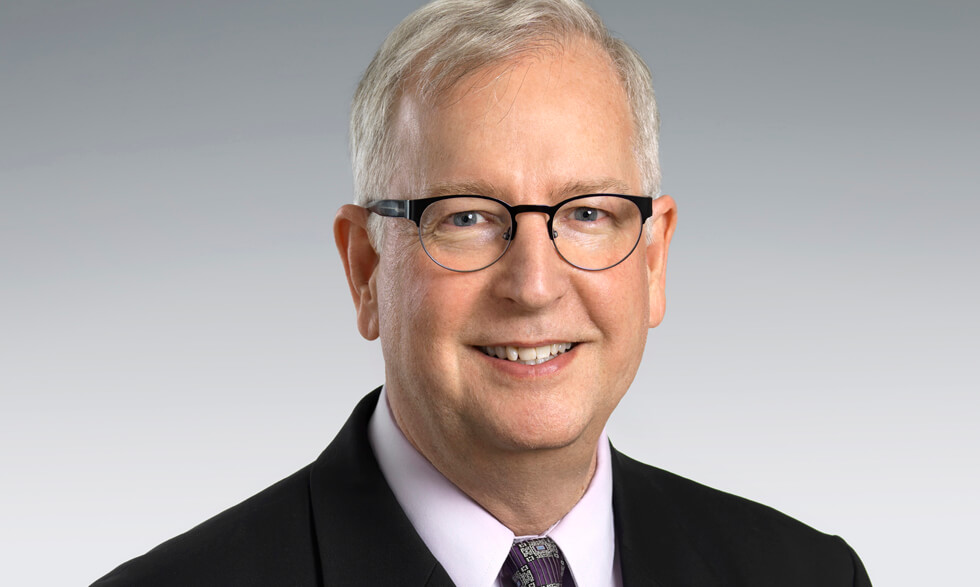
Last updated on June 20th, 2024 at 12:40 pm
Nearly 86 million people in the U.S. have high blood pressure. (Blood pressure over 140/90 is traditionally defined as high blood pressure.) The condition, also known as hypertension, puts additional pressure on our blood vessels.
The additional pressure can damage your heart and blood vessels, increasing our risk for strokes, heart disease, and kidney failure.
But knowing if you have high blood pressure isn’t always simple. The condition is often called “the silent killer” because it has few—if any—symptoms. Other than you or a health provider checking your blood pressure, you may not realize you have it.
The American Heart Association (AHA) and the American College of Cardiology (ACC) published updated blood pressure guidelines in November 2017. The new guidelines place almost half of the U.S. in high blood pressure range.
To help you navigate the new guidelines, NIH MedlinePlus magazine spoke to David C. Goff Jr., M.D., Ph.D. He is director of the division of cardiovascular sciences at the National Heart, Lung, and Blood Institute (NHLBI). He shared tips for lowering your blood pressure to meet the guidelines safely and effectively.
What do you want the public to know about the new guidelines?
There is increased risk once your blood pressure goes above 120/80. Research shows that for people with a systolic above 130—the risk for heart attack, stroke, kidney disease, and heart failure is higher than for people with normal blood pressure, which is no greater than 120 systolic.
What else should the public understand?
The new guidelines say people who already have had a heart attack or a stroke should be especially attentive. This also goes for people who have not had a heart attack or stroke but are at high risk for a heart attack or stroke, based on risk factors such as smoking, age, cholesterol, diabetes, and related factors. The AHA/ACC guidelines strongly recommend these people start drug therapy at the 130-systolic level.
If you have not had a heart attack or stroke and are at lower risk, the AHA/ACC guidelines don’t recommend starting drug therapy until a systolic level of 140. If you’re between 130 and 139, lifestyle changes, such as improving diet and increasing activity, are recommended.
African-Americans, Cuban-Americans, and Puerto Ricans should pay special attention because they are especially vulnerable to high blood pressure. Almost 46 percent of African-American adults have high blood pressure.
What lifestyle changes can help with high blood pressure?
Lifestyle changes are something we’ve been talking about for some time now.
Eat a healthier diet—like the DASH Diet—which means more fruits and vegetables, whole grains, lean meats and low-fat dairy, and nuts.
It also means if you’re obese or overweight you should lose weight and be more physically active. If you smoke, you should stop smoking. If you consume alcohol, cut back. And reduce the salt (sodium) in your diet by avoiding salty foods such as salted nuts, processed meats, processed cheeses, and other processed foods.
Some people might feel overwhelmed by making big changes in diet and exercise. What do you say to them?
Small changes can be very effective.
Sometimes it can seem overwhelming to think about making major changes. But, we can build in small changes over time.
For example, at lunch, perhaps you often have a sandwich. Well, bread is a big source of salt. Deli meats—especially turkey and ham—are major sources of salt. If you trade in that sandwich for a healthy salad with some nuts and fruit, you’ve got a much healthier meal with a lot less salt.
What questions should I ask my health care provider about my blood pressure?
An important question to start with is, “What’s my risk for heart disease and stroke?”
If you had a heart attack or stroke, then you know. But if you haven’t had a heart attack or stroke, then ask your doctor about your risk.
And the second important question to ask is, “Now that I know my risk, what’s the most important thing for me to do to lower my risk?”
For example, if you smoke, you need to quit. Your health care provider can respond by saying, “Here are ways I can help you quit smoking.” The same goes for advice on eating and exercise.
Finally, ask, “Should I do anything to lower my blood pressure?” Your doctor can then advise on lifestyle changes or medical therapy as appropriate.
What else do the new guidelines tell us?
The guideline writers paid a lot of attention to strategies for improving blood pressure control.
They covered things like the importance of team care—the involvement of nurses and pharmacists in the process.
The guideline writers also emphasized things like home-based blood pressure monitoring and other types of self-care.
